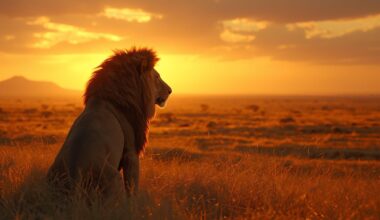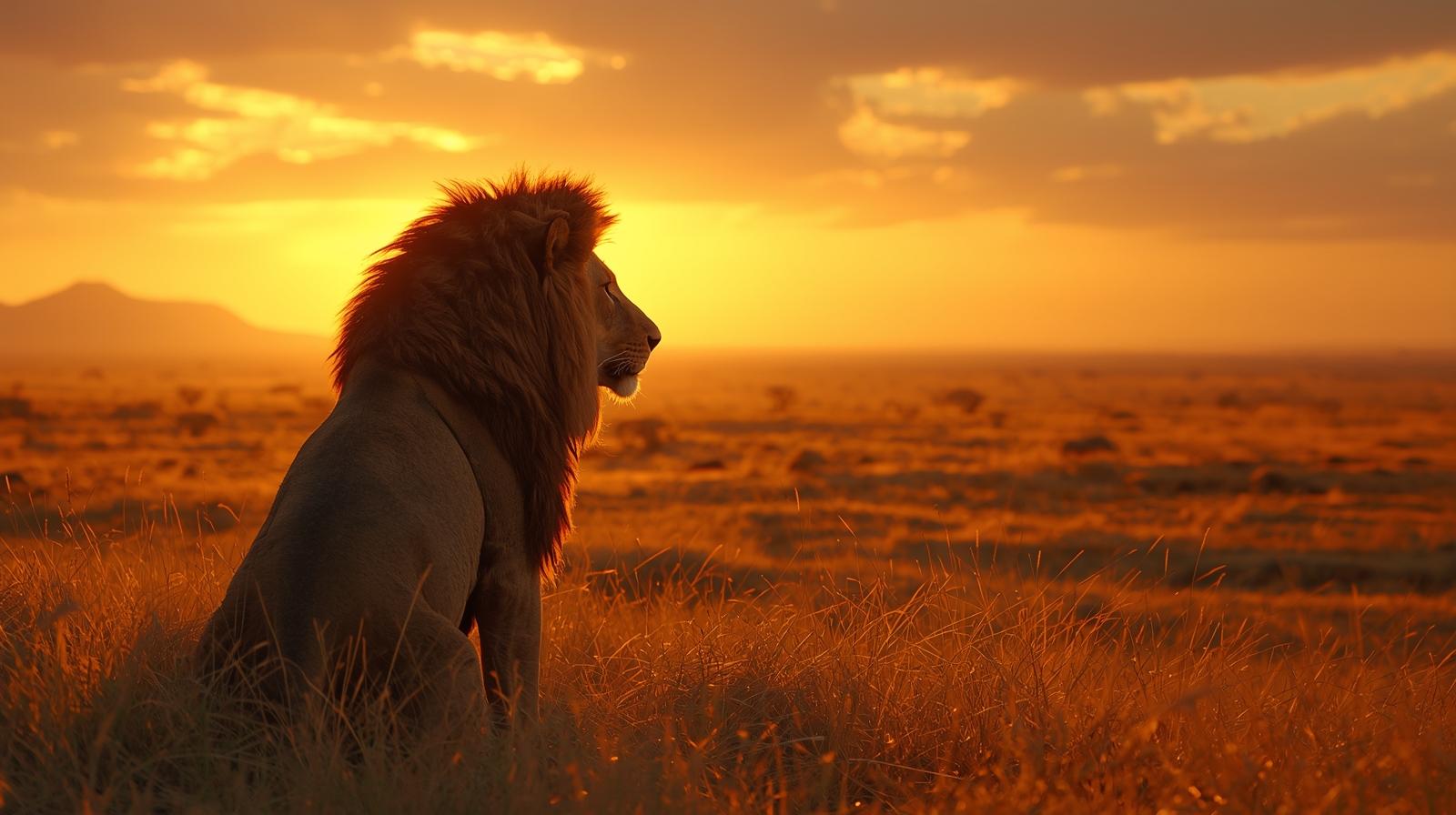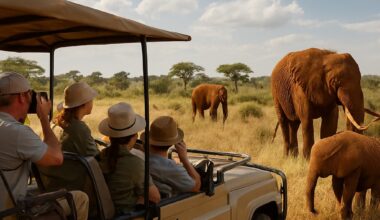Walking through the woods, it’s common to stumble upon a tiny creature that makes your heart melt, maybe a baby squirrel, a fledgling bird, or a small fawn. Finding a baby animal in the wild can be both exciting and confusing.
Do you get to ask yourself what to do if you find a baby animal in the forest? Will intervening do more harm than good? These moments matter, and knowing what to do is key to protecting the animals and respecting their natural habitats. Properly handling this situation strikes a balance between safety, ethics, and conservation efforts.
Common Misconceptions About Baby Animals in the Wild Forest
It’s a myth that all baby animals you find in the wild forest left alone are abandoned. Sometimes, mother animals leave their young for short periods to find food. Removing them might cause the parent to abandon the rest altogether. Don’t assume that a crying or stranded-looking animal automatically needs rescue; know that nature often takes care of its own.
Now read this article for five important tips on how to protect a baby animal left alone in the wild forest.
These guidelines will help you make the best choice and protect baby animals while still having an incredible and responsible environmental experience, be it you’re strolling through a calm forest or exploring far-flung paths.
Pause and Observe, Don’t Rush to Intervene
You see a baby animal by itself while you’re on the route and in the middle of the forest. Perhaps it’s a small bird, a fawn curled up in the grass, or a seemingly lost squirrel. You follow your gut, and within you ask yourself what to do with it since you’d want to assist. The golden rule is to observe first, then take action.
Even if they show up by themselves, many baby animals are not abandoned. Leaving young animals alone for extended periods is common.
To keep predators away, parents frequently keep their young hidden and still, especially animals like deer, rabbits, or ground-nesting birds.
Nature frequently has a plan that includes what may appear to be neglect. Spend a few minutes calmly observing from a safe distance before moving or touching anything.
Is the animal hurt, or is it awake and in regular motion?
Does it seem at ease or upset?
Are there any adult animals in the area, maybe observing or coming back occasionally?
By remaining motionless and paying attention, you allow nature to function uninterrupted. The majority of wildlife parents are quite wary of people and will not approach their young ones if they feel you are near.
As tempting as it may be to “rescue” that tiny animal, keep in mind that sometimes it’s best to just stand aside, keep silent, and have faith in nature. For both you and the animal, it’s frequently much safer and wiser.
Identify the Stage to know its state, either Truly Helpless or Learning to Survive?
Not all of the baby animals you find in the forest by themselves are in danger. To even think about what to do to this baby animal or to let it alone, you must determine what stage it is in.
Similar to humans, wild animals go through many stages of growth. Some require active parental guidance. Under the watchful (though frequently concealed) gaze of their parents, others are at a transitional stage, exploring the world.
Talking about the two stages here:
- Truly Helpless (like a “nestling”)
This refers to very immature, scant fur or feathers, or possibly baby animals still having their eyes closed. They are unable to climb, move, perch, or control body temperature.
They usually can’t survive for very long without their parents, and they might need assistance only if they are in danger or abandoned.
- Developing and Exploring (like a “fledgling”)
Baby Animals that are entirely furred or feathered, and though a little awkward, can walk, hop, flutter, or follow fundamental survival instincts.
While they frequently appear alone, their parents are typically close by, continuing to feed or instruct them. These creatures are generally better left alone unless they are in imminent danger, such as close to a road, a predator, or are hurt.
Avoid Touching (Unless Necessary)
Reaching out to comfort a fragile animal is instinctive, but it might backfire when you touch a wild newborn.
The majority of wild animals are extremely susceptible to stress, and even mild human contact can overwhelm their delicate systems. Additionally, handling may lead the parents to temporarily avoid the area out of fear, disturb natural behaviors, or leave behind strange smells.
The greatest thing you can do if you find a baby animal in the forest is to watch without getting involved if the animal isn’t in urgent danger.
To keep the baby animal safe, you might need to move it just enough if it is in danger, such as sleeping in the center of a trail, close to a predator, or in a busy place. When that occurs:
- Guide or gently lift the animal with a soft cloth, gloves, or even a large leaf.
- Never try to feed or cuddle it, and refrain from handling it too much.
- Transfer it just a short distance to a nearby safe, shaded area.
Search for the Nest (And Gently Return If Possible)
It may have fallen or been evicted from its nest or den by mistake if the baby animal is extremely young and unable to walk, stand, or control its body temperature. What to do is to put it back; sometimes that’s the most beneficial thing you can do.
Look around for a moment and search for a bird’s nest, look up especially for small species like hummingbirds; nests are frequently well concealed on tree branches.
Also, look around and down to the ground for creatures such as squirrels, rabbits, or raccoons, since their nests may be nestled in long grass, bushes, or hollows.
You can carefully return the baby animal if you locate the nest or den and it is undamaged, accessible, and the correct one.
Handle the animal gently with gloves or a soft cloth, and to avoid discouraging the parents, put it down and move on swiftly.
Contact a Wildlife Rehabilitator if the Bird is Injured or in Danger
When observation is insufficient, intervention is required. The infant animal may require professional assistance to live if it is abandoned, cold, weak, or damaged.
The following indicators point to the animal’s probable need for rescue:
- It has gotten broken limbs, bleeding, or obvious wounds
- The baby animal has itself encased with maggots, flies, or ants
- The baby animal is unresponsive, cold to the touch, or weeping all the time
- Despite silent surveillance, there was no evidence of a parent for several hours.
- You discovered yourself in a dangerous area (road, fire pit, camping) or next to a deceased parent.
Getting in touch with a certified wildlife rehabilitator is the most responsible course of action in these circumstances. Without imprinting or taming the animal, these skilled experts know how to properly rewild, feed, and offer medical care.
As you behold their assistance;
Get a soft fabric and use it to line a tiny, ventilated box; avoid using towels with loops since they may trap the baby’s claws.
Keep the box silent, dark, and warm. Don’t touch or converse with the animal, and you can do more harm than good if you try to feed or hydrate them.
You can still get advice from a local wildlife center or animal control officer in remote locations. Emergency wildlife rescue numbers and first aid kits are now commonly carried by hikers, and it’s a good idea to follow suit.
In Summary
Seeing a baby animal in the outdoors is a moving experience that makes you feel protective. As nature lovers and adventurers, however, it is not only our duty to explore the environment; it is also our duty to preserve and honor it.
Baby animals are an integral component of a complex natural cycle that typically functions best without human intervention, whether they are a curious juvenile fawn or a frail nestling. You’re honoring the wild itself by taking the time to observe, comprehend what you’re seeing, minimize interaction, and know when to ask for assistance.
Take a deep breath, trust your instincts, and exercise caution the next time you come across a small animal in the forest. Letting go and letting nature do its thing is sometimes the most compassionate thing you can do.
Have you ever seen an infant animal in the wild before? We would love to hear how you handled it, so please share your story in the comments section.


